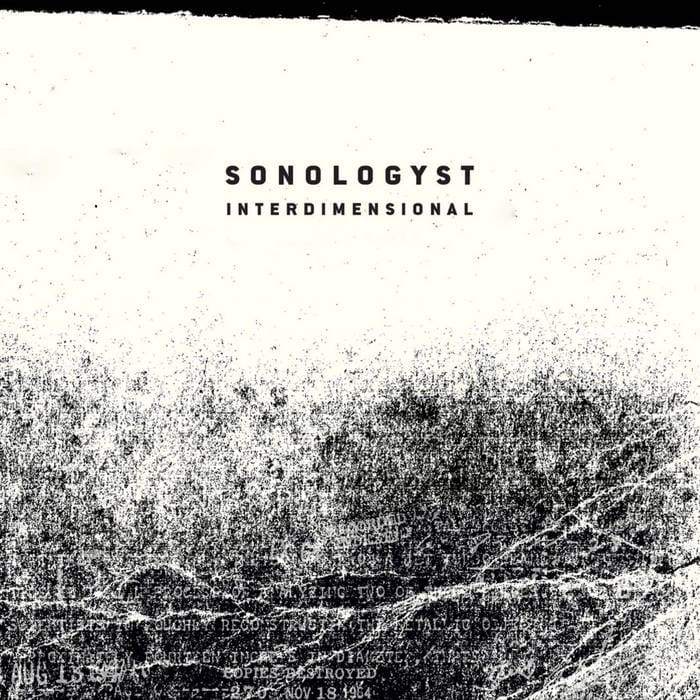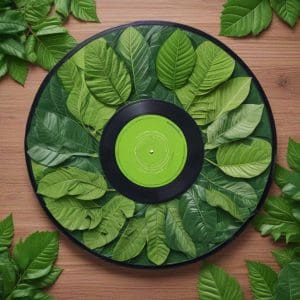Sonologyst album ‘Shortwave Spectrum’ dives into the exciting world of the clandestine Number Stations – Out now via Cold Spring


Sonologyst album 'Shortwave Spectrum' dives into the exciting world of the clandestine Number Stations - Out now via Cold Spring
Sonologyst is solo project of Italian sound artist Raffaele Pezzella. Out now via the UK label Cold Spring is the new Sonologyst 2CD album “Sonic documentary” which re-discovers the charm of shortwave transmissions, and more precisely the clandestine shortwave transmissions culled from a span of nearly four decades (1982-2021) via the so-called Number Stations.
These transmissions include repetitive voices, signals, sound pulses and short pieces of music, all of which was collated and edited to compose the tracks of the main album. Originating from covert radio stations engaged in military and espionage endeavours, the tracks unveil a hidden sonic landscape of strategic communication. The whole is a mix of dark ambient, deep drone music and cinematic sound art, providing an auditory exploration “of the ongoing Cold War” as the musician puts it.
The second disc offers unaltered recordings accompanied only by a drone. Raffaele Pezzella adds: “It offers an unfiltered glimpse into the world of clandestine communication, where words are transmitted beneath the radar and in the shadowy confines of the electromagnetic spectrum.”
This double CD comes in a matt-finish gatefold ecopak with graphic design by Abby Helasdottir and is available below.
About the so-called Number Stations on this new Sonologyst LP
Number Stations have been broadcasting short-wave radio transmissions for decades, detectable at various times and durations across numerous frequencies. These enigmatic broadcasts, often featuring voices reciting sequences of numbers or letters using the international phonetic alphabet, Morse code signals, or sound pulses, typically begin with unique transmission start signals, such as musical snippets, letter sequences, or note scales, recurring at scheduled intervals.
Telecommunications experts have extensively researched these transmissions, revealing their use by various secret services for sending brief text messages to undercover agents abroad. Post-1989, following the Berlin Wall’s collapse, there was a notable decline in these broadcasts. However, recent years have witnessed a resurgence, with new broadcasts emerging from global players like China, Korea, and India.
Shortwave radio, an inexpensive and reliable medium, remains largely impervious to interception or blockage, barring nuclear events, making it an ideal clandestine communication tool in an era akin to a new Cold War. Reports of number stations date back to at least World War I, with accounts such as Archduke Anton of Austria, during his youth, intercepting and relaying their messages to Austrian military intelligence.
These high-frequency radio signals, transmitted at lower powers, can traverse the globe under optimal conditions influenced by local RF noise, weather, seasons, and sunspots. Effective reception requires a suitably tuned antenna, which may be noticeably large, and a high-quality receiver.
While the exact locations of many numbers stations remain unknown, their transmission technology is well-documented: standard shortwave transmitters with power outputs ranging from 10 kW to 100 kW.
Since you’re here …
… we have a small favour to ask. More people are reading Side-Line Magazine than ever but advertising revenues across the media are falling fast. Unlike many news organisations, we haven’t put up a paywall – we want to keep our journalism as open as we can - and we refuse to add annoying advertising. So you can see why we need to ask for your help.
Side-Line’s independent journalism takes a lot of time, money and hard work to produce. But we do it because we want to push the artists we like and who are equally fighting to survive.
If everyone who reads our reporting, who likes it, helps fund it, our future would be much more secure. For as little as 5 US$, you can support Side-Line Magazine – and it only takes a minute. Thank you.
The donations are safely powered by Paypal.









